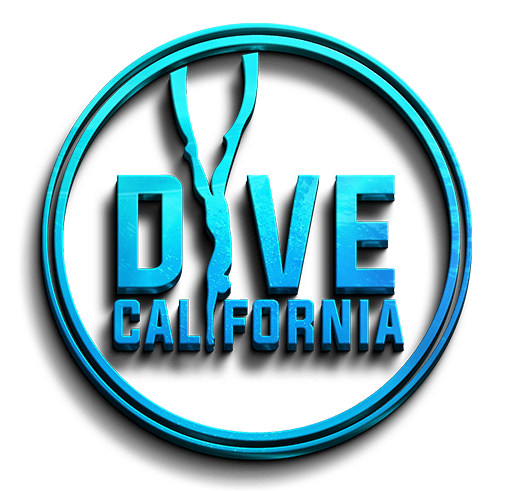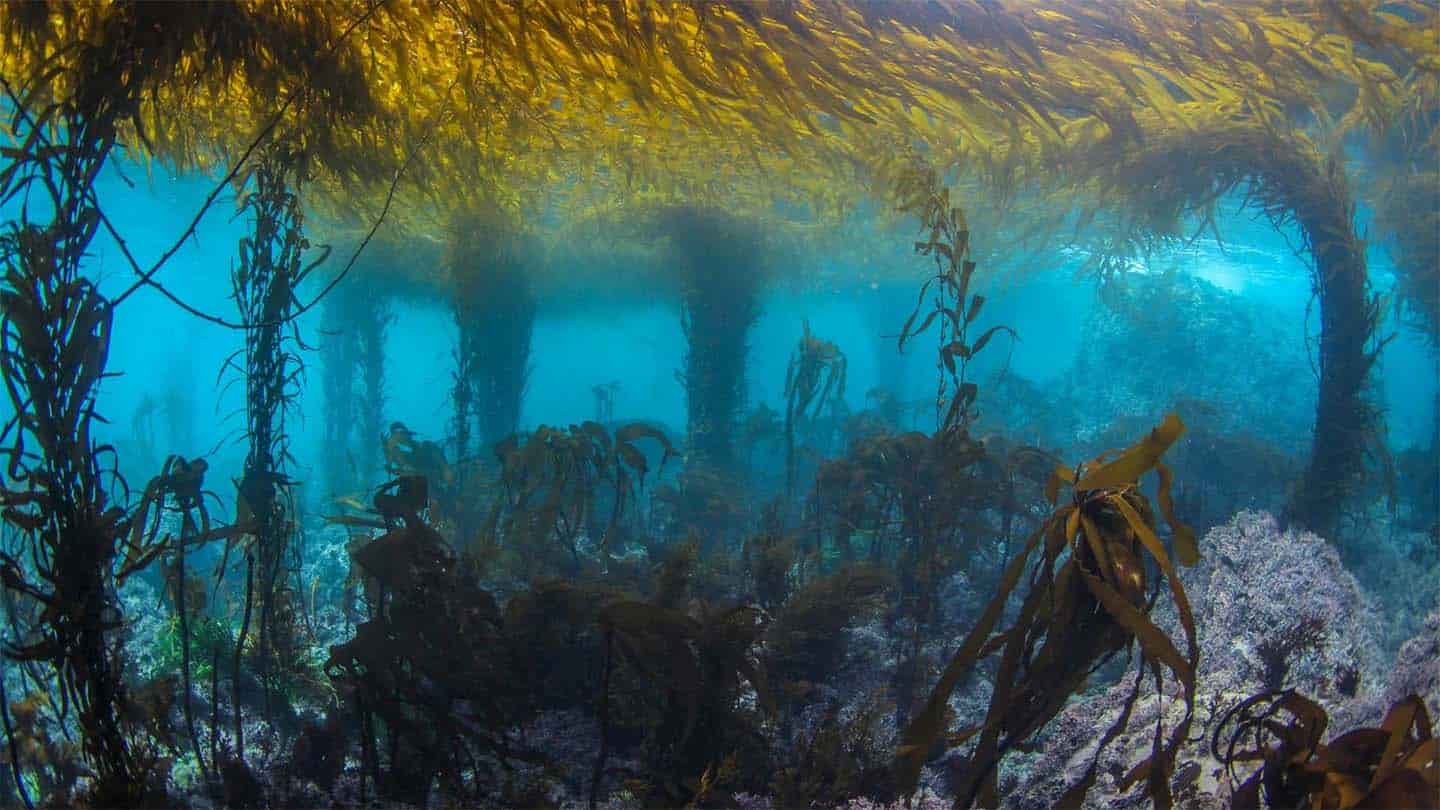What You Can Do To Save Our Kelp Forests
Talk of climate change might give you dread, anxiety, or anger.
But it should also make you feel motivated! We still have the time and ability to save our oceans from climate change. There’s still plenty of hope.
It’s true: most of the world’s kelp forests are in decline.
In some places they’ve been wiped out entirely, while in other places they’re just barely clinging to life.
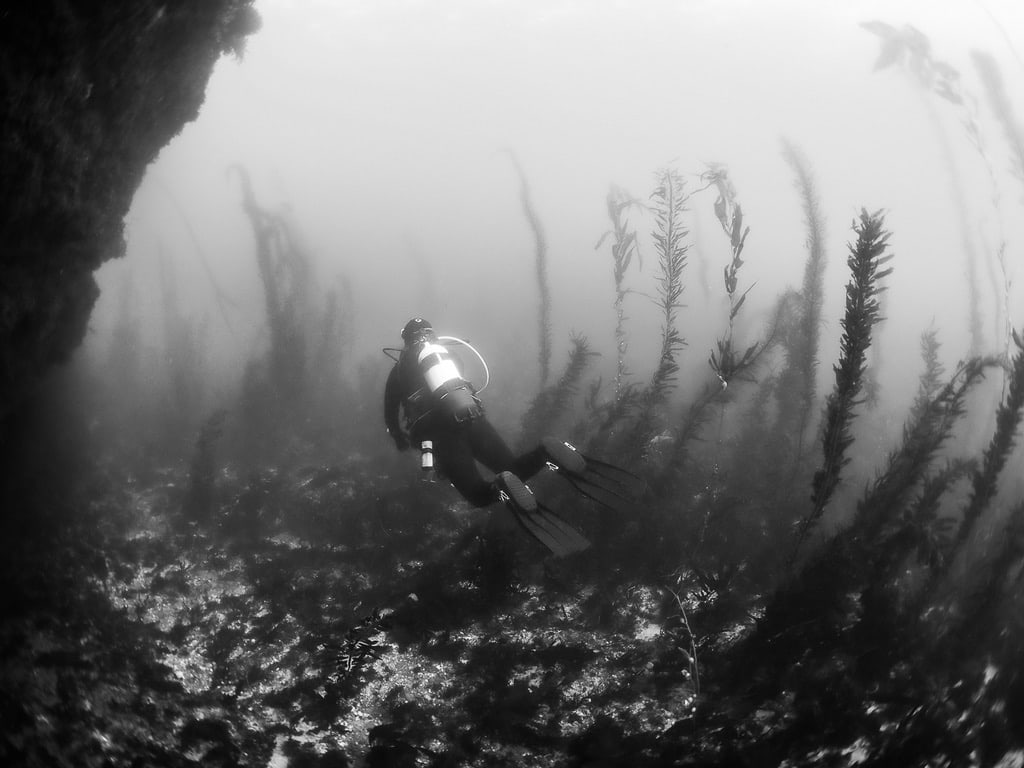
Sadly, our own San Diego kelp forests are shrinking, especially the kelp forest at La Jolla Cove.
We’ve been diving the La Jolla kelp forest for over 20 years, and we remember the days when it was thicker, wider, and had far more marine life.
We’re not being nostalgic, either. The challenges facing our local kelp beds have been thoroughly researched and documented.
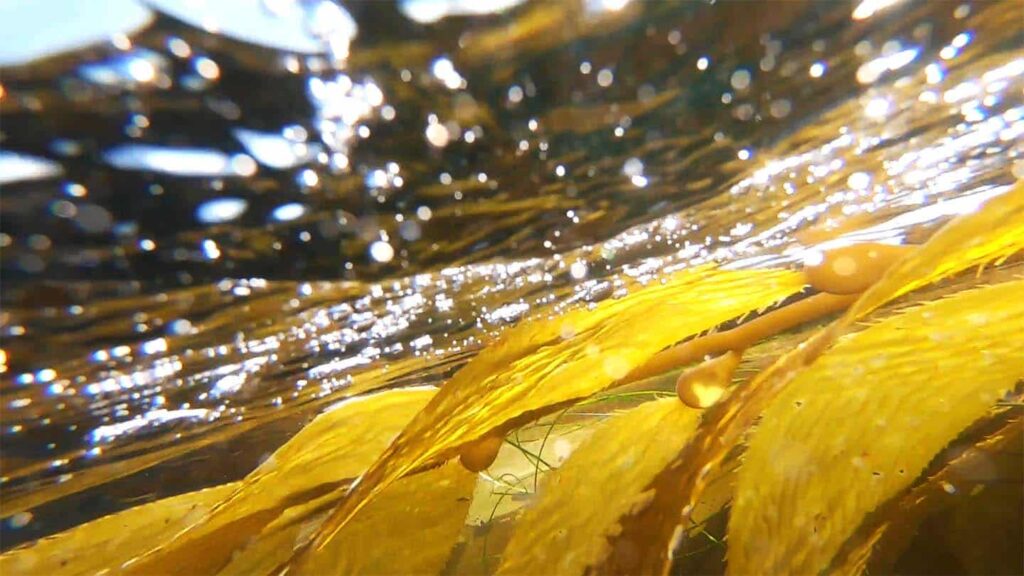
If our society doesn’t change its ways, then our kelp forests will go extinct. We’ll lose all the benefits that kelp provide us, and one of the world’s most beautiful ecosystems will disappear.
But there’s a lot we can do to halt the decline of our ocean’s kelp forests and even restore some of the kelp beds that have been lost.
Here are 5 ways you can HELP THE KELP! no matter where you live.
1. Support Green Policy
The number one threat to our kelp forests is rising ocean temperatures. Kelp can only survive in cold water. But because the earth has been warming–due to excessive carbon dioxide in our atmosphere–cold water habitats are getting too warm and the kelp is dying off.
There’s no other way around it: humanity needs to reduce its carbon emissions to sustainable levels.
There are several different ways you can support carbon-lowering initiatives around the world:
- Vote for ballot measures that create or boost sustainability initiatives
- Support your county, state, and local efforts to replace fossil fuel-based energy with clean energy
- Support the creation and management of marine parks and marine protected areas
- Donate to sustainability and conservation groups
You might feel like you have little influence over things that go on in national politics–and you’re probably right.
But your voice, your donations, and your votes can go a long way in creating positive change in your local area.
Sometimes, global activism isn’t as effective as local activism done globally.
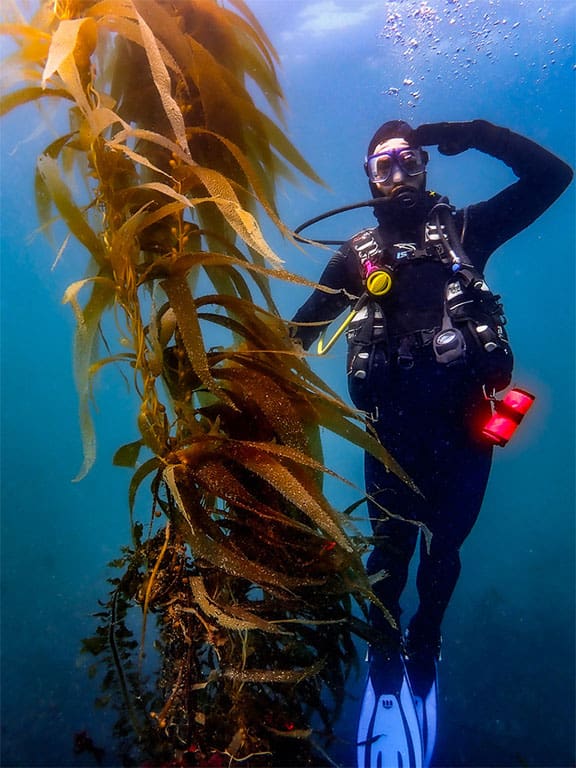
2. Lower Your Carbon Footprint
One of the best ways to help the kelp is to lower your own carbon footprint.
If everyone on earth reduced their carbon footprint just a little, we could bring our civilization’s carbon emissions much closer to sustainable levels.
So how exactly can you lower your carbon footprint?
Believe it or not, this doesn’t require a substantial change in your lifestyle or budget.
Here are the easiest ways to lower your carbon footprint:
- Eat Less Beef: The rearing and slaughtering of cows is one of the largest sources of carbon emissions, especially in the United States. Consider cutting the amount of beef you eat–aim for just one or two beef-centered meals per week. Eat chicken, instead. Chicken produces far less emissions and is much healthier for your heart.
- Drive Less: Gasoline-powered cars are another big source of carbon emissions. Consider walking or using public transit when you’re able, and try to complete your daily errands in one trip. If possible, move closer to your workplace so you can cut down on the number of miles you drive.
- Go Electric: Consider getting an electric vehicle, electric stove, or solar panels for your home.
- Avoid Single-Use Plastic: The manufacturing of single-use plastic creates a large amount of emissions. Plastic is also a major killer of marine life, killing countless animals every year, including sea turtles, dolphins, sharks, and microorganisms. Opt for plastic alternatives whenever you can (for example, keep some reusable shopping bags in your car and use them whenever you visit the grocery store).
None of these climate-friendly practices should significantly alter your lifestyle or force you to spend more money. In fact, you’ll probably save money in the long-run by adopting climate-friendly habits.
3. Be a Responsible Diver
Scuba divers and freedivers have plenty of opportunities to help with ocean conservation. But irresponsible or improperly trained divers can cause significant harm to ocean habitats–including the kelp forests.
Eco-friendly diving is all about:
- Buoyancy Control: Buoyancy is one of the key scuba diving skills. The better your buoyancy, the less often you’ll crash into the environment or get tangled in giant kelp. Contact is usually harmful for kelp forests and coral reefs. Marine habitats are very fragile.
- Cleaning Up After Yourself (and Others): Whether you’re on a shore dive or boat dive, always make sure to properly dispose of your trash. Divers usually bring snacks for the surface intervals, and the plastic wrappers can easily find their way to the ocean via wind or seagull. Also, don’t hesitate to collect any trash you find in the kelp forest–you can store the trash in a cleanup bag or in your scuba BCD pockets.
As scuba divers and freedivers, we are extremely privileged to be able to experience the marine world in the intimate way we do, so let’s make sure we don’t harm the same environment we thrill to explore.
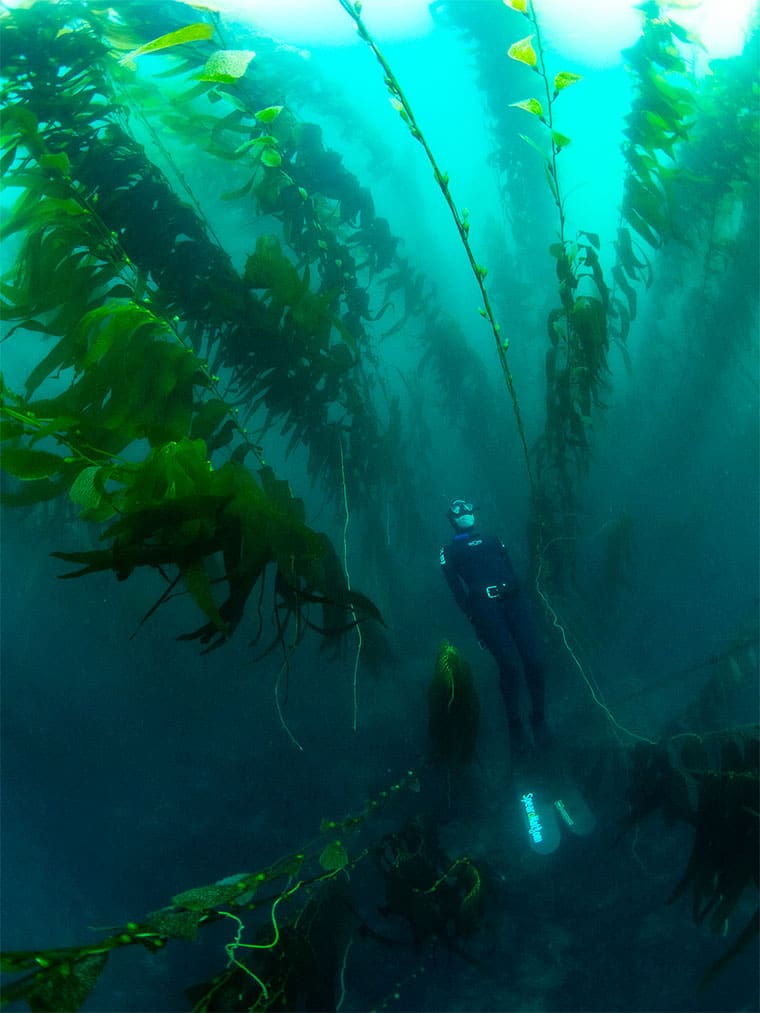
4. Get Involved in Kelp Restoration:
In California, scuba divers are able to get involved in a variety of activities to monitor and restore our local kelp forests.
Get involved in the following ways:
- Reef Check California: This organization relies on volunteer scuba divers to survey the local kelp beds and marine life. This is a terrific program for local divers who have earned their advanced scuba certification.
- Project Aware: Project Aware is a PADI-based foundation that’s dedicated to ocean conservation. On their website you can sign petitions, make donations, and find citizen scientist volunteer opportunities.
- Kelp Restoration Courses: Some California dive centers offer kelp restoration courses that will give you the skills to participate in kelp conservation efforts.
- Beach / Reef Cleanups: Joining a weekly or monthly beach / reef cleanup is a great way to prevent trash and micro plastics from polluting the kelp forests and local reefs.
- Personal Donations: Donate to a marine conservation group that works to preserve the kelp forests. Consider signing up as a monthly donor.
Wherever there’s a kelp forest, there are also local organizations working hard to preserve and restore them. These organizations are always in need of volunteers or donors to keep their work going.
5. Spread the Word
Given the beauty and importance of the kelp forests, you’d think that more people here in California–let alone San Diego–would be deeply concerned about their plight.
However, a large number of Californians have no idea our kelp forests are vanishing. In fact, many people in our state have no idea we have such a lovely and earth-important ecosystem along our coastline.
That’s where you come in!
If you’re a scuba diver or freediver, come to California or any place in the world that has kelp forests and do a kelp dive.
While you’re exploring the kelp forest, take pictures and video on your GoPro and share the footage with friends. Show them how amazing kelp forests are (and try to convince them to get certified in scuba or freediving!).
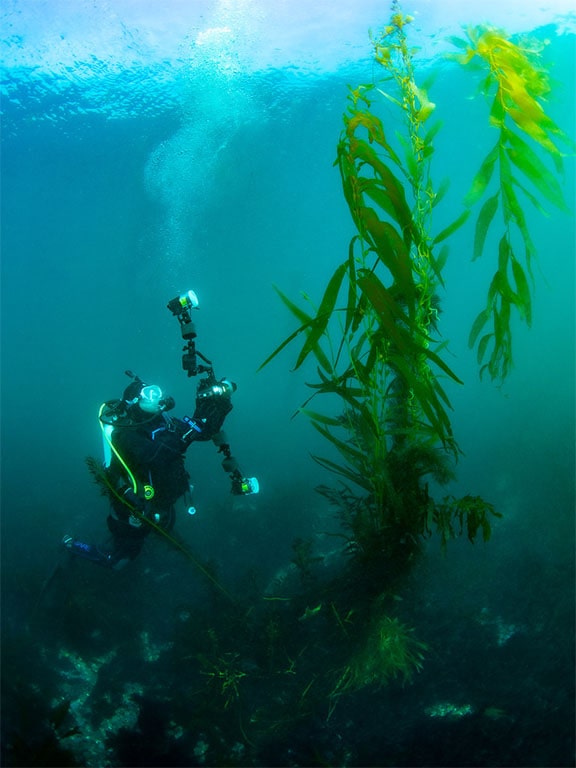
If you’re not able to get your scuba or freediving certification, go check out an aquarium with a kelp forest exhibit and share the experience with your friends (the Monterey Bay Aquarium and Birch Aquarium have magnificent kelp forest tanks).
The first step in solving a collective problem is spreading awareness.
People won’t care about the plight of the kelp forests if they don’t know what a kelp forest is or why they’re beneficial to our planet.
By showing our friends, family, and acquaintances the beauty of kelp forests–and by imploring them to come experience the wonder of these habitats for themselves–we can hope to increase local support for ocean conservation and green policy.
